
Frederick Charles Herrick is the gentleman responsible for the early 20th century tube adverts for the London Underground, and a comprehensive collection of his work is held to view at The London Transport Museum in Covent Garden. But what I want to focus on today is a little “then and now” ~ a bit of voyeurism into the ideas and pictures that once so attracted a London audience to Herrick’s posters and the messages behind them. How do they compare to the messages and adverts out there today? Welcome to the lights, seasons, smells and poetry that once festooned the carriageway walls of post-war London.





So here’s my first question ~ what’s with all the flowers? And Seasons? These seemed to carry a lot of weight in post-war Britain.

In fact, it seems that this floral and naturally adorned reality was exactly what everyone needed. Away from the war-torn sites of industry and military destruction ~ reams upon reams of rubble made from concrete and dust ~ the flowers the London Underground promised seemed to beckon all the more. ‘There is still a countryside’, they seem to be saying. ‘And it’s all yours for the taking’.

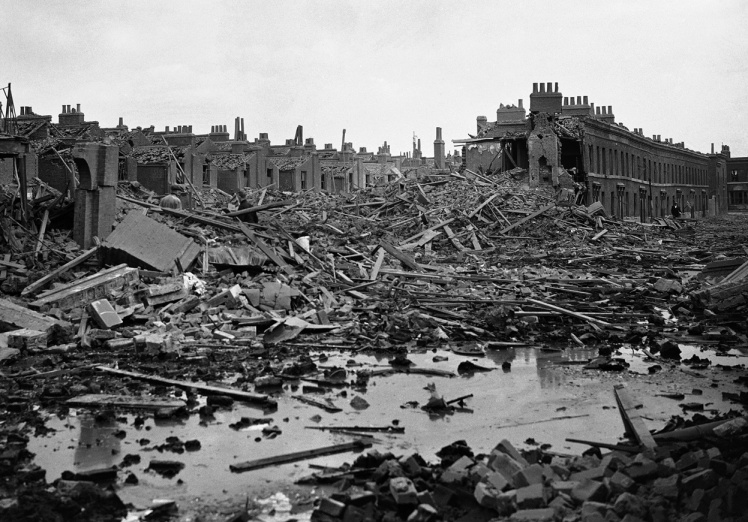
Hence perhaps this tongue-in-cheek sign:

Another thing that struck me was the seasons changing ~ each season has at least one corresponding advert to the tube:

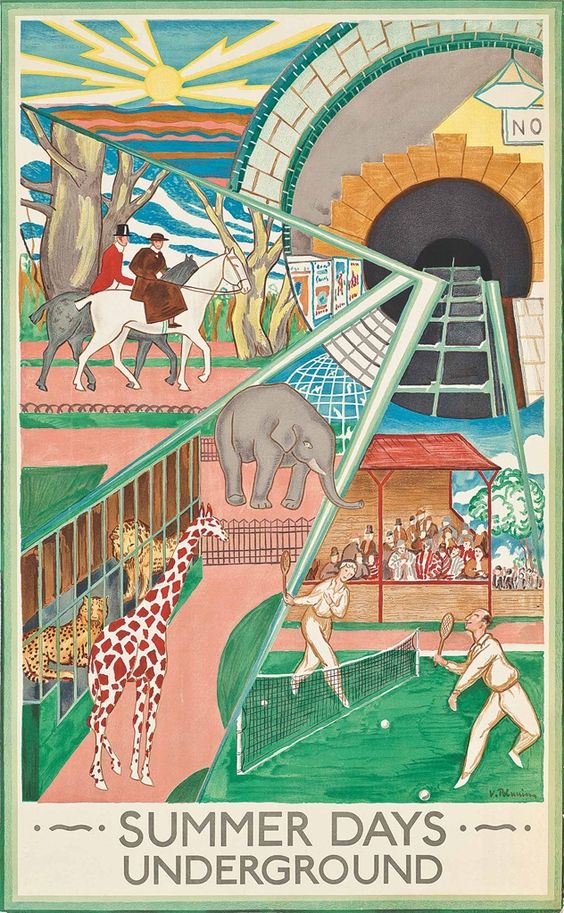
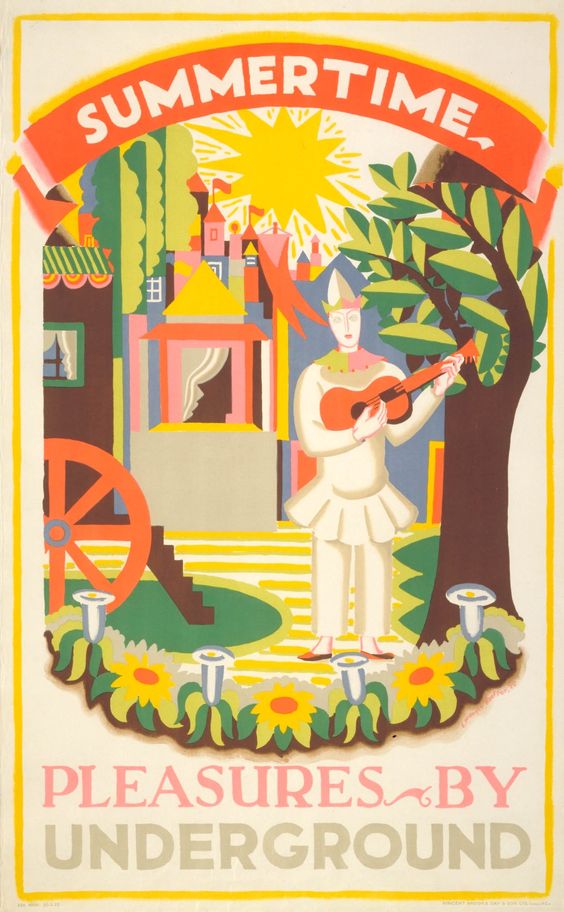


I also love that they told some home truths about the temperature difference and protection from the weather that the Underground offers ~ these early adverts used them to their advantage to promote travelling by tube. Some of these still hold true today! I have to say ~ in winter, it’s normally warm underground, but I’ve never known it to be particularly cool in summer!


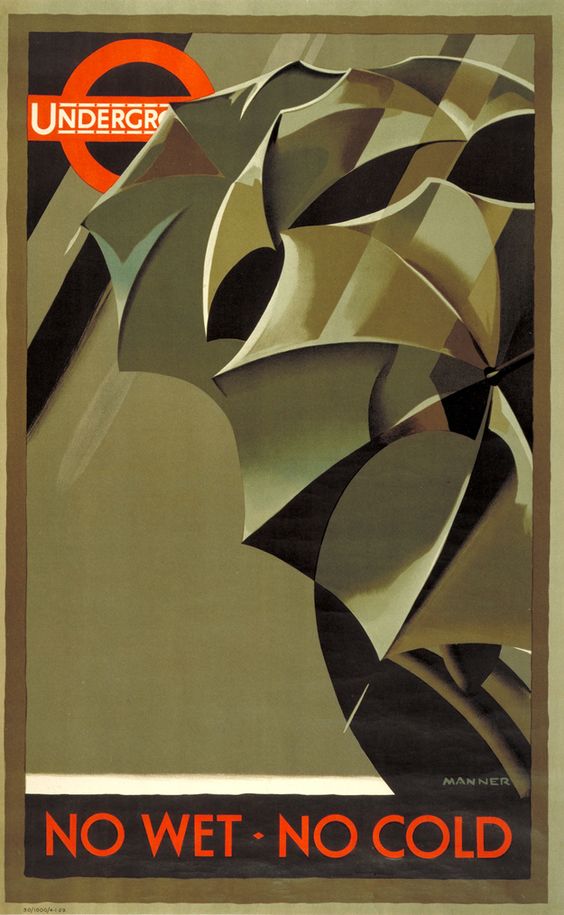

Another interesting aspect they bring up is the ‘countryside’ that is advertised as being ‘just a tube ride away’. There is so much open green space, albeit a little idealised. Today, the depictions of places such as Hounslow, Osterley, Uxbridge and Edgware are unrecognizable from their rural early 1900s counterparts. Here is what some of this countryside looks like now with its corresponding posters:





Osterley is unique amongst these once-pastoral suburbs in that it has a large country house and estate ~ Osterley Park ~ that has been preserved by the National Trust and is open today for all to enjoy. As a National Trust and English Heritage lover myself, I highly recommend a visit.



This poster advertises some “easy walks from Uxbridge Station”, whilst another depicts two gentlemen fishing alongside the River Colne, with the quote:
There I sat viewing the silver streams
Glide silently towards their centre,
The tempestuous sea.
– Izaak Walton (1593–1683)
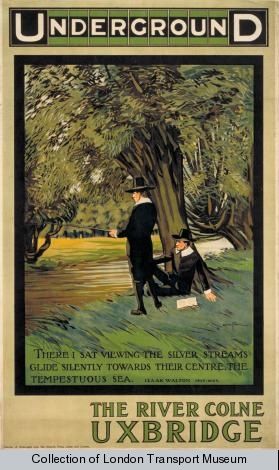




You can just about get ‘the country village touched by mechanisation’ feel of Uxbridge from these two photographs of the original train station, with the small cottage-lined high street peeking away in the distance.

Uxbridge has retained some of its older-looking shops and buildings, such as the Regal Cinema, a Grade II listed building which dates back to 1930-31, hence its Art Deco-inspired exterior.

Edgware, another travel destination for early Underground posters with open green spaces, is similarly presented here as a pretty bucolic village where ‘country excursions’ could be found.

This scenic description seems to have held true up until 1924 when the new train station was built and encouraged further residential development.

However, in 1921 the population had only reached 1,516 (it is now held to be around 17,000), and up until the mid-19th century the area’s greatest output was still “almost entirely for the purpose of hay production”. The first railway built here (sans tube) actually caused an initial decline in population!

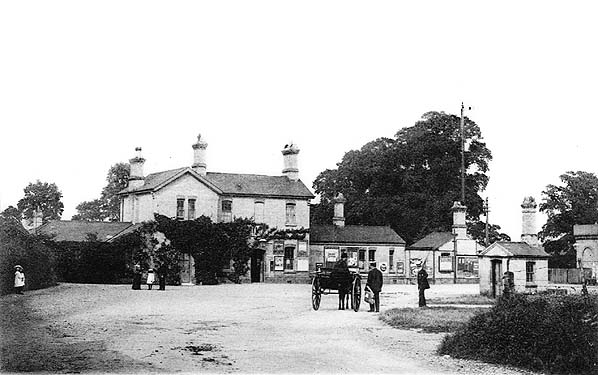
This old station was built in 1867 as a ‘through station’, with the plan being to extend the line all the way to Watford. However, this plan never came to be and the station was eventually closed to passengers in 1939 and demolished in 1975. It is now home to the Broadwalk Shopping Centre. The new station, built in a different location to the original, looks quite different today.


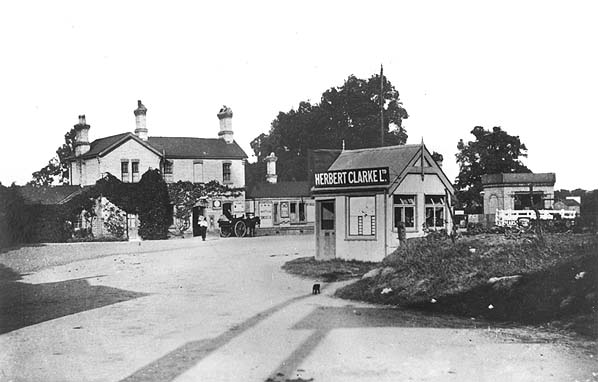
Finally, our last stop on this flying tour is to Harrow and Perivale, advertised as being “the heart of the country”, where “field-path rambles in old-fashioned style” could be found.




In the picture above, the characteristic white straw boaters of the famous Harrow public school can be seen on two of the boys as they march in parade up the High Street in Harrow, with the church spire of Harrow-on-the-Hill in the background.

One can get a sense of the rural small-town feel that the Underground posters speak of in these early photographs.


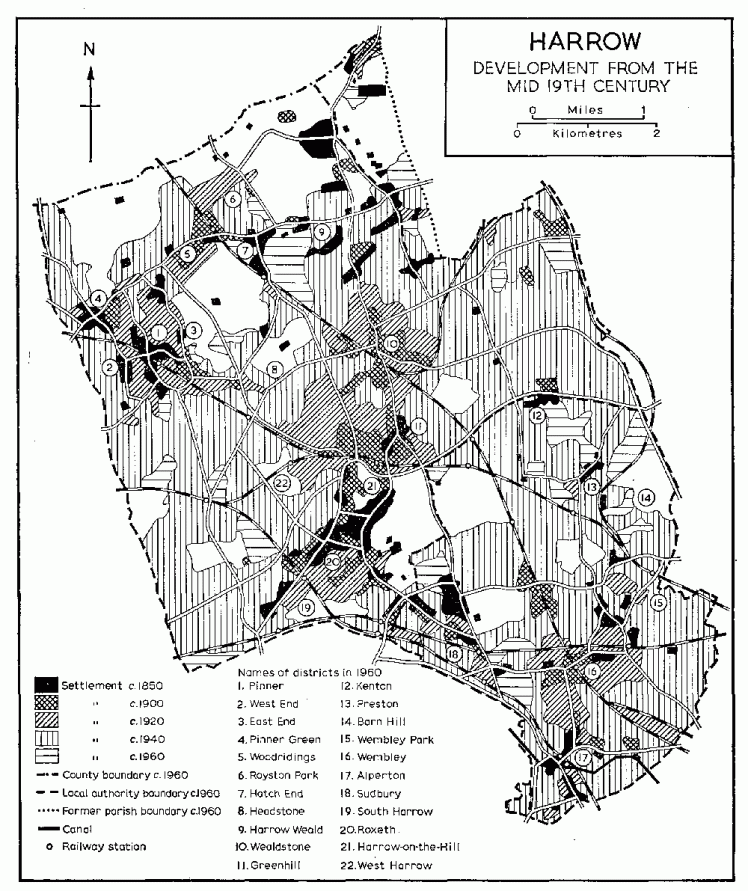

Today, there is still something of that feeling in the fields surrounding it, and some of the older buildings have been maintained as a feature of this former country suburb of London.



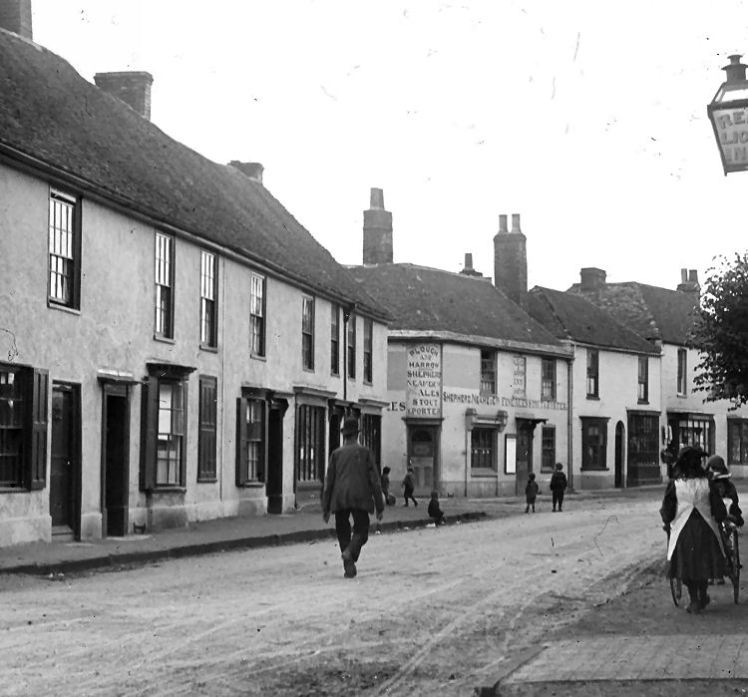

Just like our poems on the London Underground today (which I love), early London Underground adverts also used poetry, but it was focused again on the seasons, flowers, scents and sights of the natural world.


Do the poems on our tube walls today show a change in the pace of our lives in the city? Or was it just as rushed and frantic back then as it is now?
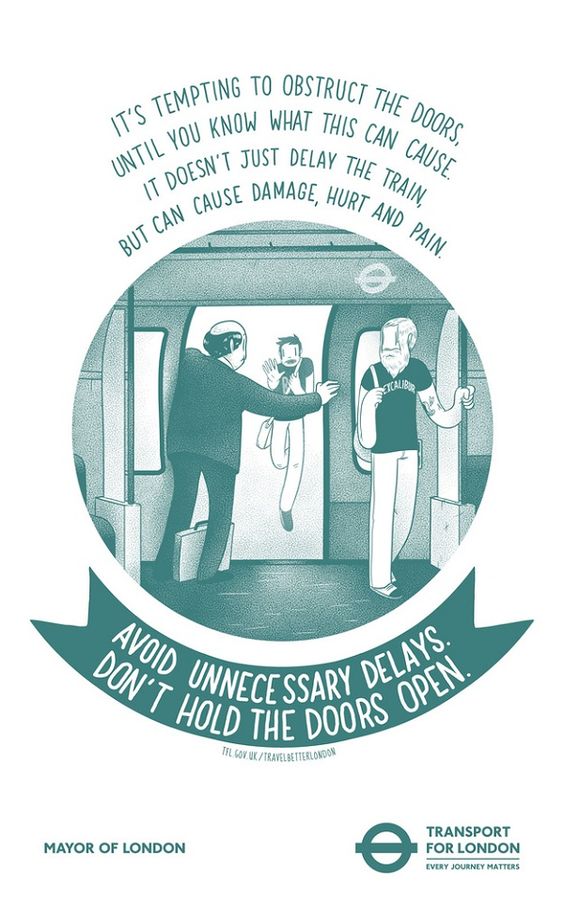

It is difficult to imagine now that touching, hearing and smelling the Underground and London’s busiest streets would be pleasurable things to appeal to our senses, but this was put to great effect in early Underground posters:



Interesting, no? I’ll just leave you with a couple of festivities and a few of my favourites:


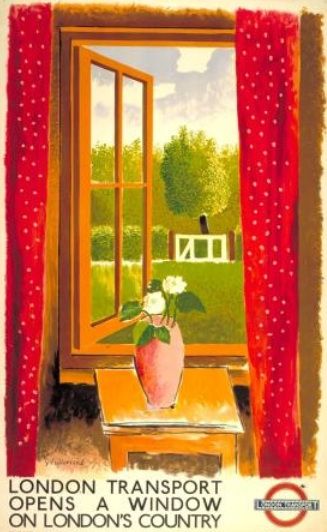



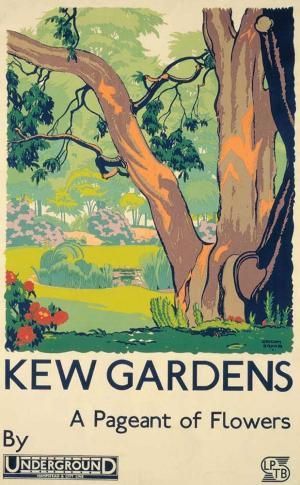


If you would like to know more about the early age of advertising on the London Underground…

… which can be found at Covent Garden.

Happy travelling!
In Love&Light, FS XOX